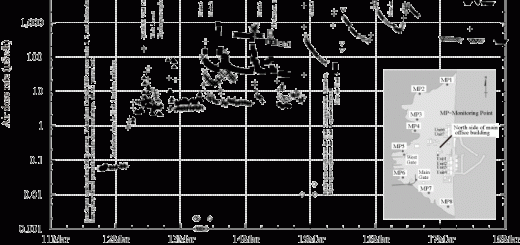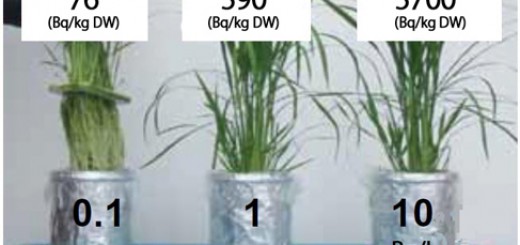CNIC Statement: TEPCO Must Immediately Stop Construction Work for the Oceanic Release of Contaminated Water
April 26, 2022
Media reports say that TEPCO has begun construction of a discharge facility for the release of contaminated (treated) water into the ocean. A tunnel-excavating boring machine has been transported to the site and digging will start on April 29th.
However, agreement with the fishermen’s organization, promised by TEPCO, has not been reached. The construction is being rushed ahead without obtaining the agreement. TEPCO emphasizes that its position is that it will not proceed with the release without an agreement, but this forced move toward construction work is nothing but an act of reneging on its promise.
The Fukushima nuclear accident, brought about through TEPCO’s failure to take appropriate countermeasures, resulted in the loss of the livelihoods of hundreds of thousands of residents and the destruction of agriculture, forestry and fisheries in the region. Now TEPCO is about to betray the fishermen again.
Showing disdain for the IAEA’s evaluation of the radioactivity impact assessment and prescribed procedures for approval from the Nuclear Regulation Authority, TEPCO further neglected the work of stemming the inflow of groundwater into the nuclear plant buildings while forcefully moving forward with the work for the release of the contaminated water into the ocean.
Before starting construction work, TEPCO should first investigate and publicly disclose the composition and amount of radioactive materials in each tank. Since they are supposed to have been produced in small quantities, nuclides other than 64 particular nuclides have been excluded from consideration, but measurement results should also be shown for excluded nuclides. TEPCO’s attitude of not disclosing the types and amounts of radioactive material in the water can only be described as acting in extreme bad faith.
TEPCO’s behavior on this matter is unacceptable. Construction work should be halted immediately and efforts should be focused instead on reaching an agreement with the fishermen’s organization. The policy of oceanic release should be withdrawn, and the method of handling the contaminated water should be revised to either continued storage or solidification in concrete.


